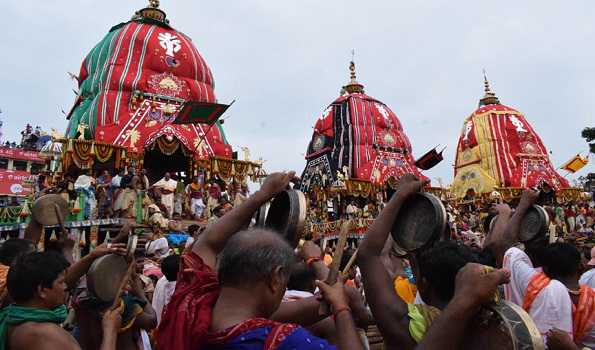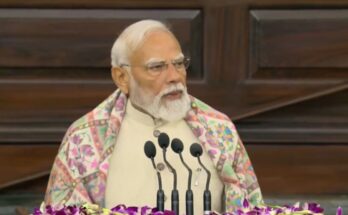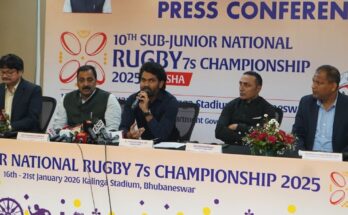Kedar Mishra
If lawyers of both parties; Odisha Vikash Parishad and Government of Odisha in the Supreme Court say that more than one million people will attend the Rath Yatra, how can the Supreme Court allow such a huge gathering in the backdrop of a pandemic outbreak? After the Supreme court order the government of Odisha is trying to convince us that the festival has been stayed due to a Supreme Court order only. However, Odisha government in its submission through their advocate Mr.Harish Salve in the SC has made it clear that they are not in favor of the Chariots to roll on. In its order, the apex court ruled that the directives issued by the state government of Odisha on June 1, 2020 and June7, 2020, could not allow such religious congregation to happen. Similarly, the directive of the Home Department of the Central Government dated 30/05/20120 says that no such religious gathering is to be allowed during Lock down period. The Supreme Court has therefore ordered to stop the Rath Yatra as per the directions of both the Central and State Governments.
Well in advance, the state government had already laid the ground to not allow the Rath Yatra to happen on 23rd June by its order of June 1st and 7th. When the Union Home Ministry ordered the lifting of the Lockdown and allowed religious institutions to open up, immediately Odisha government modified the central government directive to keep the religious institutions to remain shut for the whole month. On June 7th, the state Relief Commission ordered that no religious institutions be opened. On the basis of that order, the Supreme Court ruled not to go for the Rath Yatra this year. So the Supreme Court has very clearly ordered to implement the will and order of the state government.
In a terrible pandemic outbreak it was not possible to have a festival and religious gathering of this nature. Knowing very well the situation, why the state government went on to build the sacred chariots? Why did they organize the bathing festival (Snana Poornima) without allowing devotees to be present? The management committee of the shrine proposed that the festival could be organized in the same way as the bathing festival without the presence of devotees. Why was this alternative proposal of the temple management committee not presented to the Supreme Court?
Such judgments of the apex court, however, raise serious questions about the fundamental tenets of our constitution. The law and the state should be at a certain distance from religious beliefs and traditions. The court may decide how many people will or will not be able to stay in the temple or to be a part of the festival, but to stop an integral ritual of an age old tradition may cause a serious crisis of faith and belief.
At least there is an unbreakable tradition of Ratha yatra for the past 300 years, the Rath Yatra was never stopped even during natural calamities or pandemic outbreaks. Exactly a century ago in 1920, due to Cholera outbreak, the British government wanted less people to gather in Rath Yatra that year. However, more than 50,000 people gathered in Puri and Utkal Deepika, the major weekly newspaper of that time wrote that there were hundreds of casualties due to Cholera.
In the meanwhile there is a series of review/modification petitions filed in the apex court and it may be heard today.A




